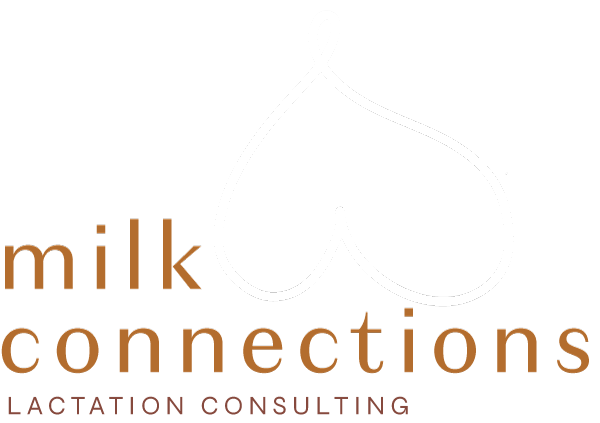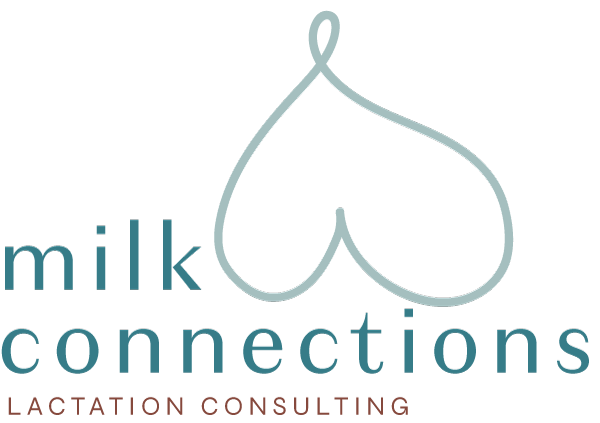You might be thinking, ‘Why should I hand express my milk when I just bought a pump?’. This is a valid question! In fact, your hands are a valuable tool for ensuring high milk production during many circumstances, both before delivery, just after birth, and long-term. Let’s explore reasons why hand expression is important for you and your baby and the best ways to make it work for you.
Top 5 reasons you should try hand expression
Hand expression of human milk from the breast or chest has been around long before electricity and hand pumps. In fact, it has always been a handy way for mothers and birth parents to collect milk for their babies. What are the top 3 reasons why hand expression is important for maintaining expressed milk volume and comfort?
Prenatal practice gives you confidence!
If you are a first-time mom or parent, you might not see any evidence of milk on your nipples during pregnancy. This may lead you to think that you are not making milk. This is not true! Your milk-making factory starts up around 16 weeks gestation, maturing through the third trimester, and growing in volume just after birth. Hand expression is important as it’s reassuring, giving you confidence that you can feed your baby. You can try hand expression around weeks 36/37 (with doctor’s approval and an uncomplicated pregnancy).
You or your baby have a medical condition
Hand expression is important prenatally for birth parents with pre-existing medical conditions. For example, diabetes may delay milk production increase after birth. Hand expression is also important if you know your baby may be born early or if you anticipate your baby may need to be in the NICU for a medical condition. Often, separation can delay milk production increase.
Prenatally, you can collect and store your hand expressed colostrum in small syringes or collection containers. These colostrum containers can be frozen, brought to the hospital, and fed to your baby. Colostrum, the first milk, is often thick and easier to hand express (versus pump) in the first 24 hours after birth. Once your baby is born, you can continue to hand express your milk into a spoon and feed this milk to your baby after nursing sessions. This will ensure your milk grows in volume to meet your baby’s needs.
Hand expression plus pumping can increase milk output
When babies nurse directly at the breast or chest, they use a combination of vacuum and compression to extract your milk. If your baby cannot nurse directly or if you choose to express your milk partially or fully, you will likely need to use a combination of pumping, massage, and hand expression to grow and maintain milk production. This technique, called ‘hands on pumping’ was coined by Dr. Jane Morton and others (2009). They showed that hand expression combined with pumping produced more milk than just pumping alone. Their website, First Droplets, has videos on hand expression and helpful articles on what to expect for term and pre-term babies.
Hand expression is gentler than pumping during engorgement
When your milk grows in volume during the first 24-72 hours after birth, you may feel fullness or tightness across your chest. Your nipples and areolas may swell and become firm, making latching your baby difficult or painful. During this time, pumping often increases inflammation with very little milk expressed. Instead, hand expression is important to help gently remove milk to create a softer surface to latch your baby.
Hand expression during emergencies
When emergencies arise, hand expression is important as a fallback option. Weather-related power outages, floods, and other natural disasters can be devastating when you rely on milk expression to feed your baby. Hand expression and a hand pump are valuable tools to have in a crisis.
How to hand express in 5 steps!
Each breast/chest, nipple shape, and size are different. Despite these differences, hand expression is important and is a useful skill to have! Here’s a few simple steps to get started:
- Warm up your breasts slightly (you can take a warm shower, use a breast warming pad, or a low setting on a heating pad).
- Gently massage your breasts. Use a flat hand, a little coconut or olive oil, and gentle sweeping strokes. You can also use breast gymnastics, or gentle breast movements, to get your milk moving.
- Find the soft spot just below the base of your nipple. Gently squeeze your first/second finger and thumb together in a rhythmic way until drops start to form. Collect this milk in a spoon or small cup.
- The key now is to keep gently squeezing to collect more milk for up to 5-10 minutes per side. You can rotate your hand in a different orientation to collect more milk. Here’s a video showing hand expression
- You can feed this expressed milk directly by spoon feeding or use your syringe/collection container to store this milk in the freezer for later.
Prenatal support is key to nursing success
At Milk Connections, we believe that prenatal education is key to breastfeeding and nursing success. Because of this, we teach all our 36+ week prenatal clients to hand express their colostrum. Our clients’ confidence and belief in their ability to feed their baby their own milk grows after they see the drops of colostrum on their nipple! To help you gain confidence with hand expression, we encourage you to set up a prenatal consultation or call us at 281-699-8054 today.
References
Morton, J., Hall, J. Y., Wong, R. J., Thairu, L., Benitz, W. E., & Rhine, W. D. (2009). Combining hand techniques with electric pumping increases milk production in mothers of preterm infants. Journal of Perinatology, 29(11), 757–764. https://doi.org/10.1038/jp.2009.87




